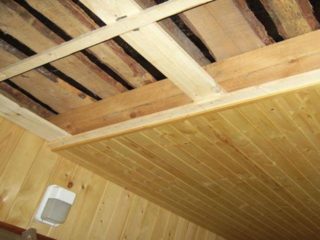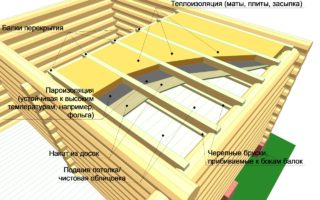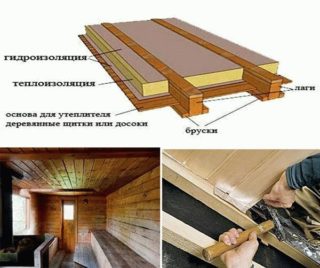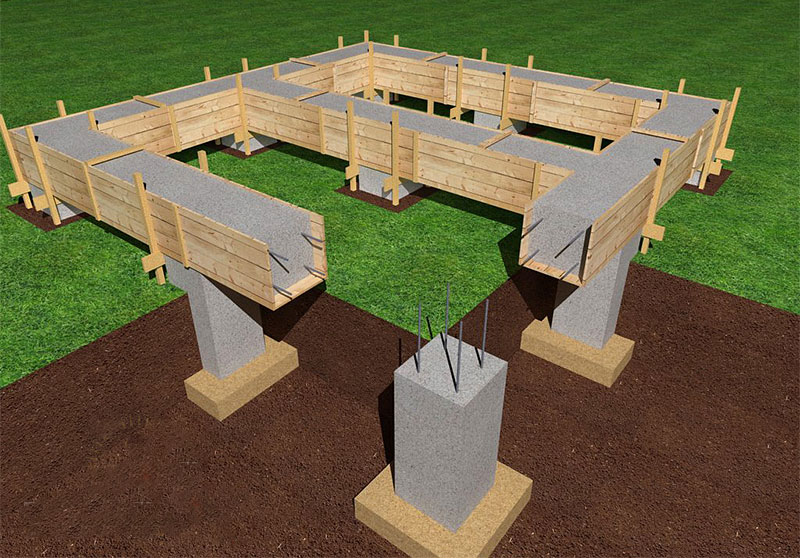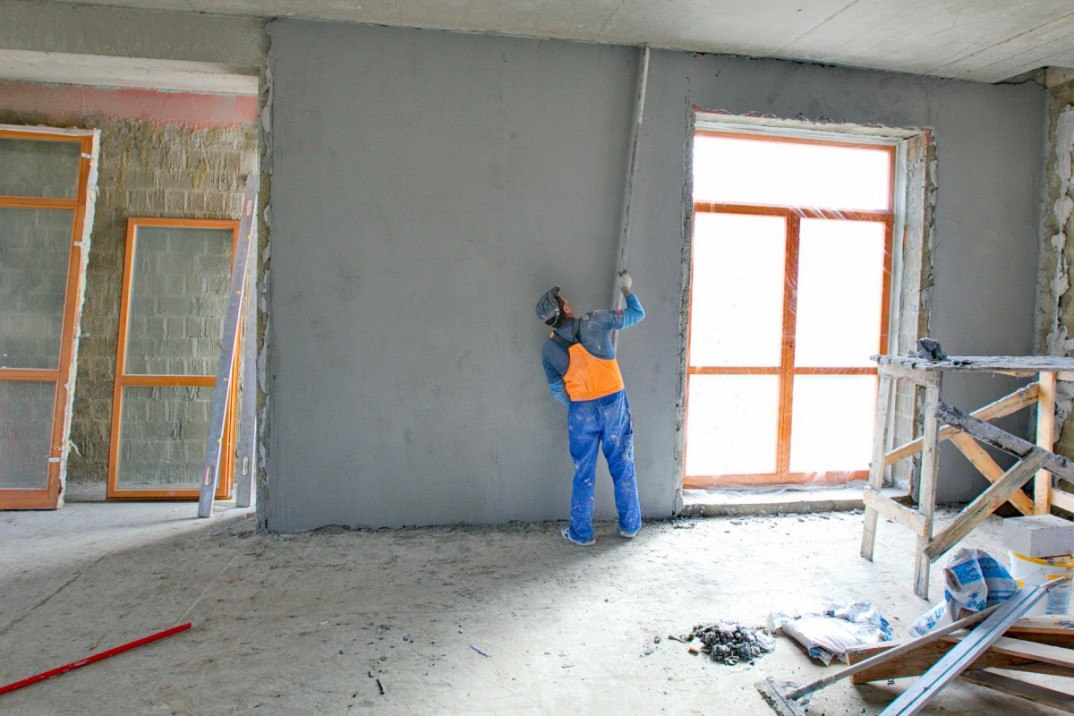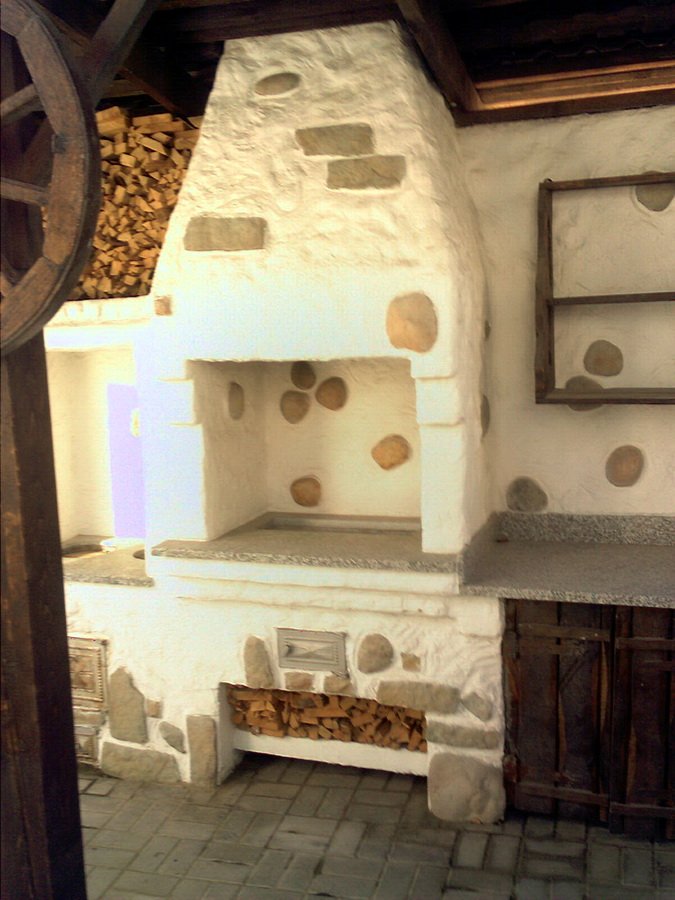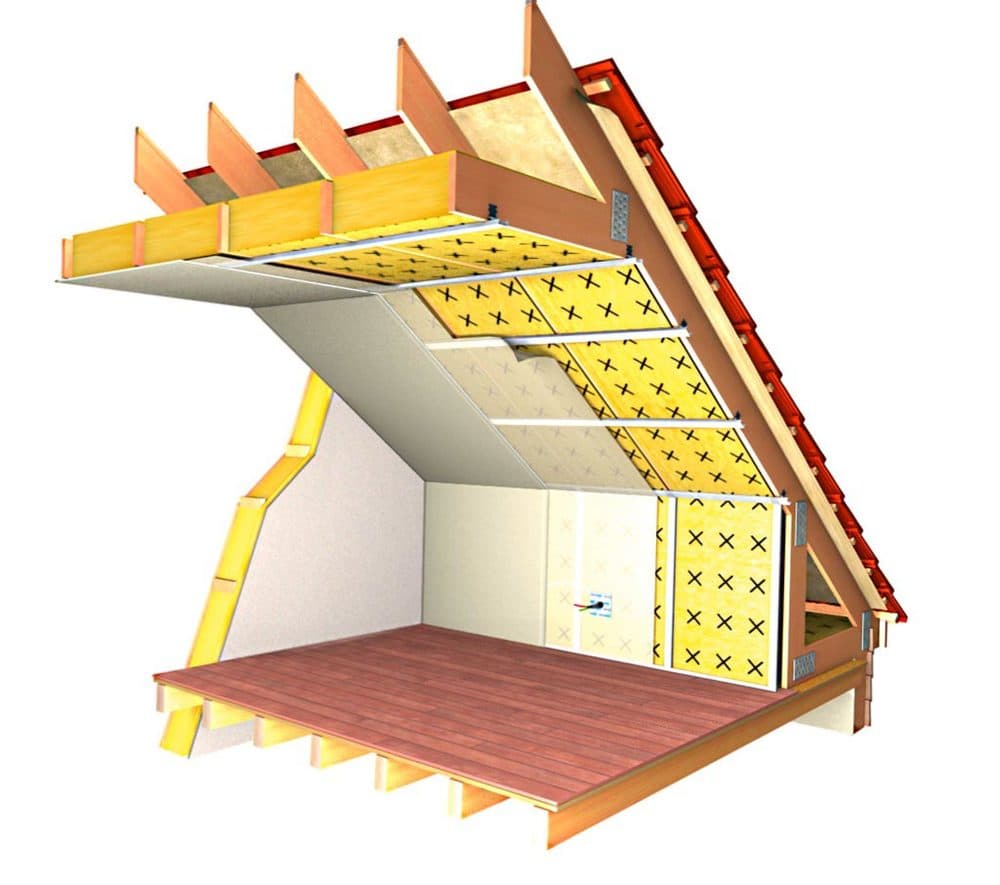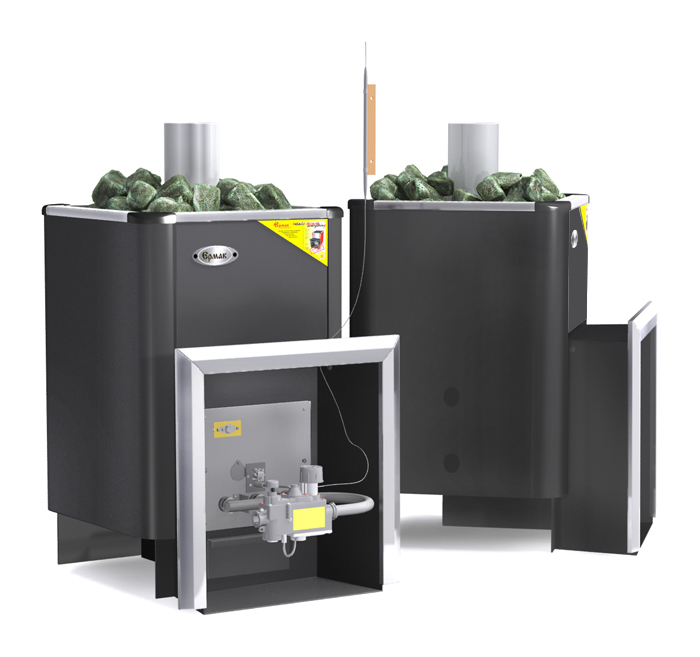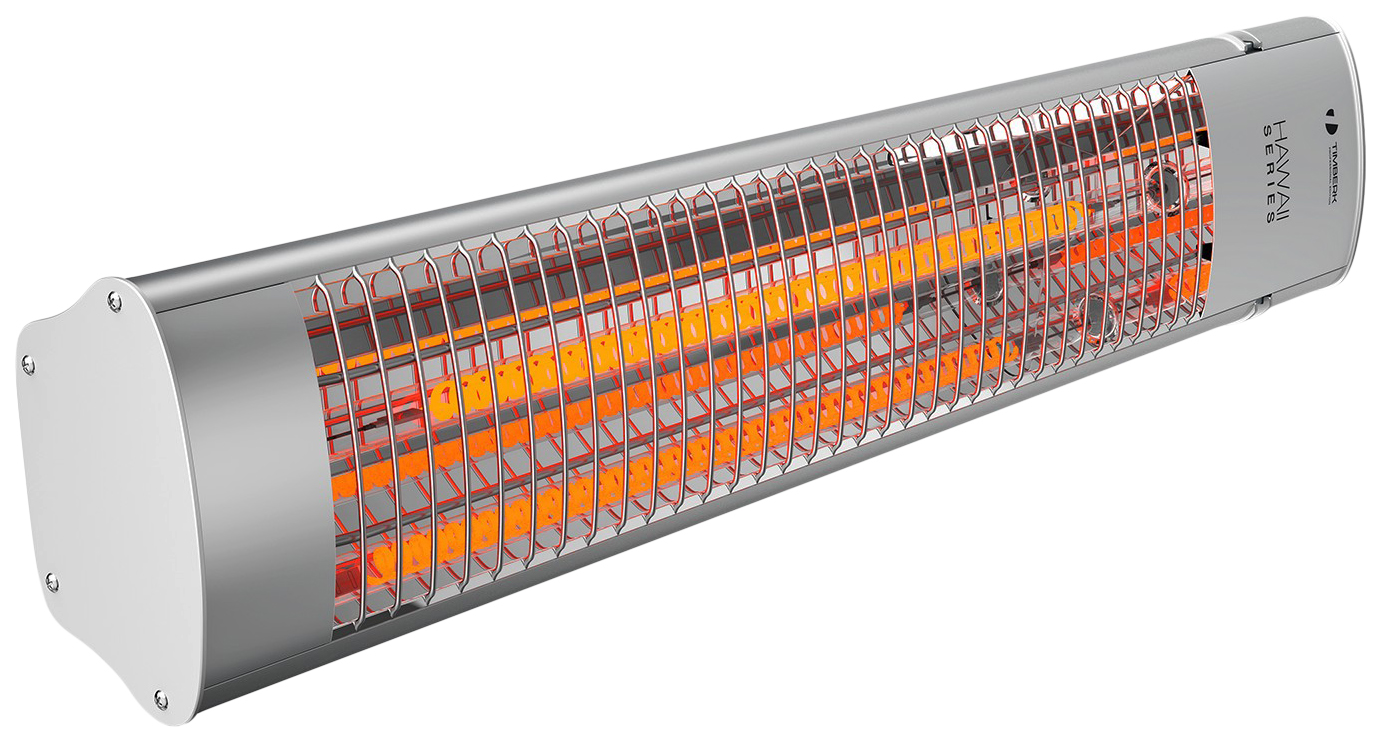A false ceiling is a structure in which load-bearing elements are attached directly to the base ceiling. Especially often, such a ceiling is used in the construction of baths, since it most meets the requirements for finishing rooms with a high level of moisture and steam.
How to make a good and high-quality ceiling in a bathhouse, where a large amount of moisture accumulates?
As much as we would like, but the laws of physics have not yet been canceled: steam has the properties to rise, which creates condensation and accumulates moisture. When building any bath, it is important to foresee measures to preserve heat and think over how to properly hem the ceiling, because the ceiling surface in a bath is not only a decorative element, but also an important functional part of the entire room. Usually a bathhouse is built with a second non-residential floor attic. In the presence of an attic, the most popular ceiling ceiling in a bathhouse can be considered a hemmed ceiling. Anyone can do this constructive solution, you just need to get acquainted with some of the features of the technology of such work.
False ceiling technology for a bath
So, you should have something like this:
- Internal cladding boards.
- Floor beams.
- Exterior cladding boards.
- Vapor barrier.
- Thermal insulation.
- Finish coating.
Installation work
Frame from beams
The timber for the frame must be free of damage, knots, cracks and other defects. The lathing must be treated with an antiseptic so that during operation the beams do not rot or undergo various fungal diseases.
Vapor barrier
The vapor barrier is started when the base is already ready. A vapor barrier film is attached to the base from the bottom side, which does not release moist air from the room, while being loyal to the wooden parts of the structure. A construction stapler is used for fastening. It is important to take into account the fact that the use of slats will provide a ventilation gap between the ceiling covering and the vapor barrier film. For these purposes, use ordinary plastic wrap or a special membrane, depending on the budget. It is advisable to make the film with an overlap on the walls, this will provide a good sealing of the seams. Foil is often used for vapor barrier: it reflects heat and helps to save it.
Binder materials
There may be options here. Often, a filing is made from a rough board, and then, at the finish, the final filing is used. Lining made of quality wood is considered the best option. Boards must be installed without gaps. According to the technology, the board should be fixed with the groove outward, and the next one goes into the groove.
Bath ceiling insulation
The insulating material is placed on the vapor barrier and should not reach the beams. This condition must be met, since the resulting gap will serve for air circulation. The insulation must be carefully laid out, it cannot be crumpled and tamped, because it can lose its properties.
Waterproofing
A layer of waterproofing will protect everything that is under it from the negative effects of weather conditions. As a result, you should end up with something that looks like a cake or pie. Polyethylene or special material is laid with an overlap. The joint can be closed with tape.
Processing the upper side of the slab
For this, any boards are suitable, they must be laid with a continuous flooring, then fixed with ordinary nails and closed with any finishing material. But the covering may not be done if the second floor is uninhabited. At this point, the filing is complete. The inner part of the ceiling can also be sheathed with a topcoat.
Installation of the topcoat is carried out with any material for the ceiling surface. Much depends on the desire and capabilities.
Do-it-yourself ceiling filing for a bath will help you significantly reduce costs and save money on building material.

